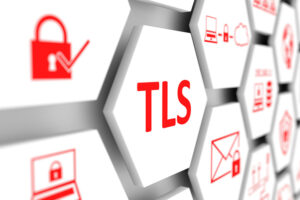
NEW WORKAROUND! Problems with the MIM portal after installing the SharePoint Server Security Update (KB5030804)
Problems with the MIM portal after installing the SharePoint Server Security Update (KB5030804) SharePoint patches September 2023: Effects on MIM portal popups For those of you who are



